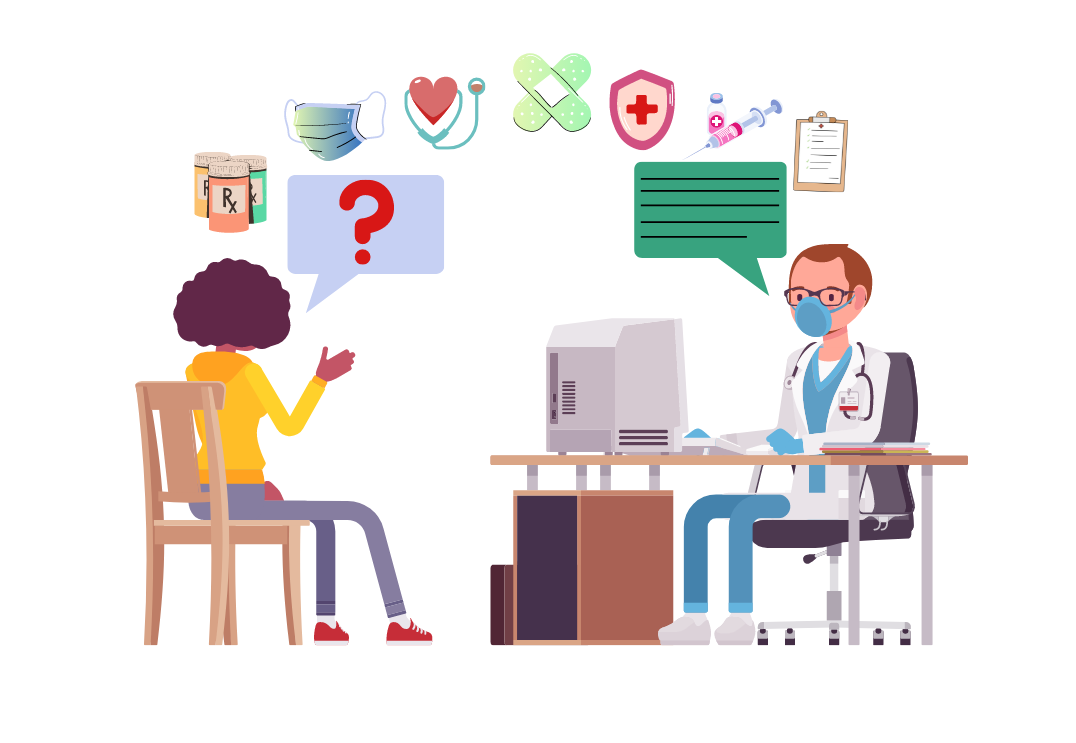Health literacy is a key component of improving health and fostering a trusting relationship with healthcare professionals.
The Centers for Disease Control (CDC) defines personal health literacy as “the degree to which individuals have the ability to find, understand, and use information and services to inform health-related decisions and actions for themselves and others.”
Every day, people make choices about their health, whether it be when to see a doctor or even what to eat. Making choices to stay healthy means knowing how to read and understand food and medicine labels, locate the nearest doctor, understand paperwork, and pay medical bills. These skills are not taught.
The National Assessment of Adult Literacy’s (NAAL) statistics on older adults’ health literacy are staggering:
- 71% of adults older than age 60 had difficulty in using print materials
- 80% had difficulty using documents such as forms or charts
- 68% had difficulty with interpreting numbers and doing calculations
The CDC indicates that only 12% of adults in the United States who make health decisions for themselves and their families have proficient health literacy.
Internationally, literacy skill levels are studied by the Program for International Assessment of Adult Competencies (PIAAC). The group has an interactive map to show adult literacy. In Pennsylvania, Cambria County has no notable statistical difference in literary skills compared to the Commonwealth; however, Somerset County has a literacy level below the state average.
If an individual has limited health literacy skills, it translates directly to a health equity issue.
According to the NAAL, there are specific groups of people who are more likely to have poor, or below basic, healthy literacy skills. Those groups include:
- Self-reported poor health
- Were age 65 or older
- Had health insurance from Medicare or Medicaid, or had no insurance
- Lived below the poverty level
- Were Hispanic or Black
Without proper health literacy and comprehension, individuals can’t get the proper care they need.
The CDC has a few pointers regarding how we can help people now:
- Create and provide easily understood information
- Work with educators and others to help people become more familiar with health information and services and build health literacy skills over time
- Build your own health literacy skills over time to be a good communicator
- Work with trusted messengers to share information
- Build health-literate organizations
- Consider the cultural and linguistic norms, environment, and history of your intended audience when developing messaging and information
- Use certified translators and interpreters who can adapt to your intended audience’s language preferences, communication expectations, and health literacy skills
By working together, organizations can create a health-literate community where individuals feel confident they are knowledgeable in their own health.
Sources:
https://www.cdc.gov/healthliteracy/learn/index.html
https://www.cdc.gov/healthliteracy/developmaterials/audiences/olderadults/index.html
https://nces.ed.gov/surveys/piaac/skillsmap/
https://www.cdc.gov/healthliteracy/learn/understanding.html

